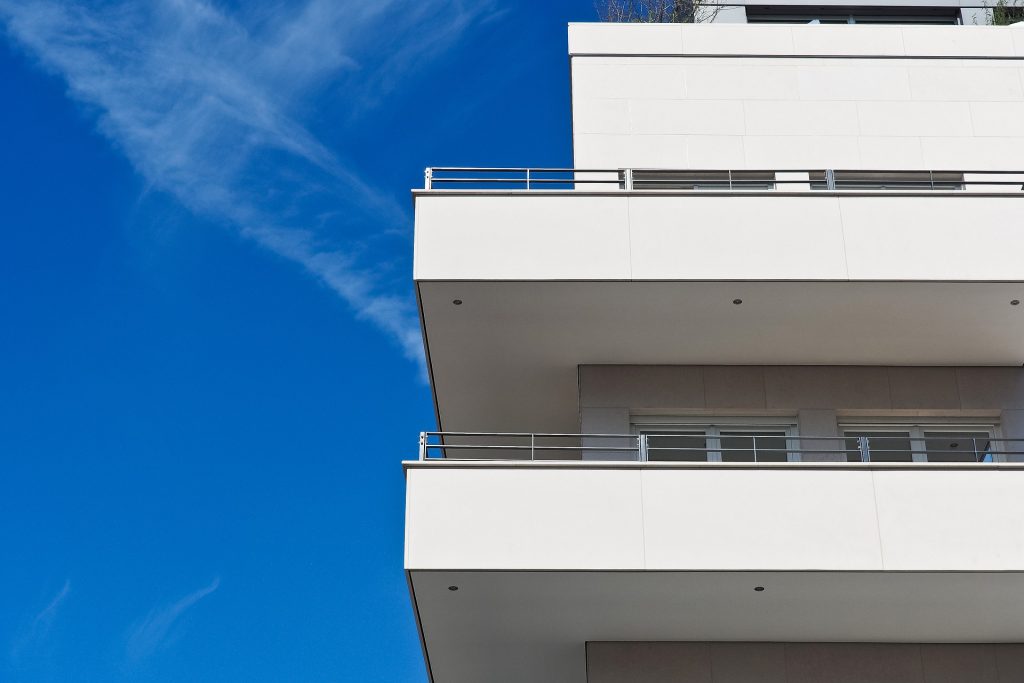In Building Sector
Application of energy efficiency in the building sector
The building sector has a huge potential for energy saving and has been identified as one of the most important in improving energy efficiency in Serbia. The biggest challenge will be reducing energy consumption in residential buildings, which make up 75 per cent of all buildings.
Our country adopted regulations, carried out a typology of residential buildings and trained experts in this field, which served as the basis for introducing the Central Register of Energy Passports (CREP). It is a software system in which energy efficiency engineers enter data on the energy certification of buildings and enables monitoring of the improvement of energy efficiency in buildings and sources of financing in this area. CREP is a register of licensed energy efficiency engineers and organizations authorized to issue energy passports.

All new buildings, those that are reconstructed, rehabilitated or energy-rehabilitated, must, according to the construction law, have an energy passport, which contains all the data on the energy properties of the building. From 2015 to the beginning of 2017, more than 400 energy passports were entered into the Register.
A new Law on Housing and Maintenance of Apartment Buildings is being prepared, establishing that energy efficiency is a public interest, thus opening the way for local governments to allocate funds for this purpose and housing communities to submit applications for tenders for energy rehabilitation programs.
Why should owners of residential buildings introduce energy efficiency measures?
The average annual heat energy consumption in most existing buildings in urban areas in our country is significantly higher, even 2 to 3 times higher than in new buildings.
Residential buildings that were built during the seventies and eighties of the last century, in the period of the most intensive growth of the housing stock, are characterized by excessive consumption of final energy and growth in thermal energy consumption. Since these buildings are poorly constructed, when energy efficiency is taken into account, the thermal properties of their envelopes are very weak and further deteriorate due to aging.
Here are just a few of the disadvantages of most residential buildings:
- Absence or inadequacy of thermal insulation on the building, bad or dilapidated windows and doors,
- Oversized installations for the heating system, boilers or heating stations if the objects are connected to the district heating network.
According to the implementation program of the Energy Sector Development Strategy of the Republic of Serbia, the average specific final energy consumption for heating and preparation of sanitary water in Serbia is estimated at around 220kWh/m² per year, which is much higher than the average in the European Union (below 80kWh/m² per year).
We list the most common measures that contribute to energy savings of up to 75 per cent in old buildings:
- Placing a modern thermal insulation layer on the walls
- Thermal insulation of the roof or mezzanine structure
- Replacing worn-out windows or installing insulating tapes on poorly sealed windows or doors.
Thanks to these measures, owners of old houses and apartments in old buildings can significantly reduce energy waste and the amount of their energy bills while maintaining all existing comfort.
How can the heating and cooling bill be lower than the cable and internet bill?
Robert Keller from Bečej decided to apply energy efficiency measures in construction and make an energy passport for his building with an area of 112m². According to the energy efficiency study received – a condition for issuing a building permit – high-quality insulation and sealing of the building were done on the facade walls, attic, floors and foundation, and high-quality triple-glazed windows were installed. Thus, a boiler of only 2.7 kW was needed to heat this building.
The benefits of these measures are multiple:
- The expenditure on the bill for the energy used in this house is less than the costs of cable television and internet
- Pleasant and uniform temperature throughout the building with a temperature difference of 1°C
- There is no internal air circulation or feeling of draft
- With an energy passport, this residential building is worth more on the market.
In order to apply knowledge related to how to increase energy efficiency in the best way during construction, it is very important to hire an experienced licensed engineer for energy efficiency to prepare the necessary study. A team of experts experienced in preparing energy efficiency studies is at your disposal in numerous design houses. We can also help you choose an expert for the preparation of studies if you send us an inquiry by e-mail at info@energetskiportal.rs.
You can read the rulebook on the conditions, content and method of issuing certificates on the energy properties of buildings here.
Useful links:
Ministry of Construction, Transport and Infrastructure




